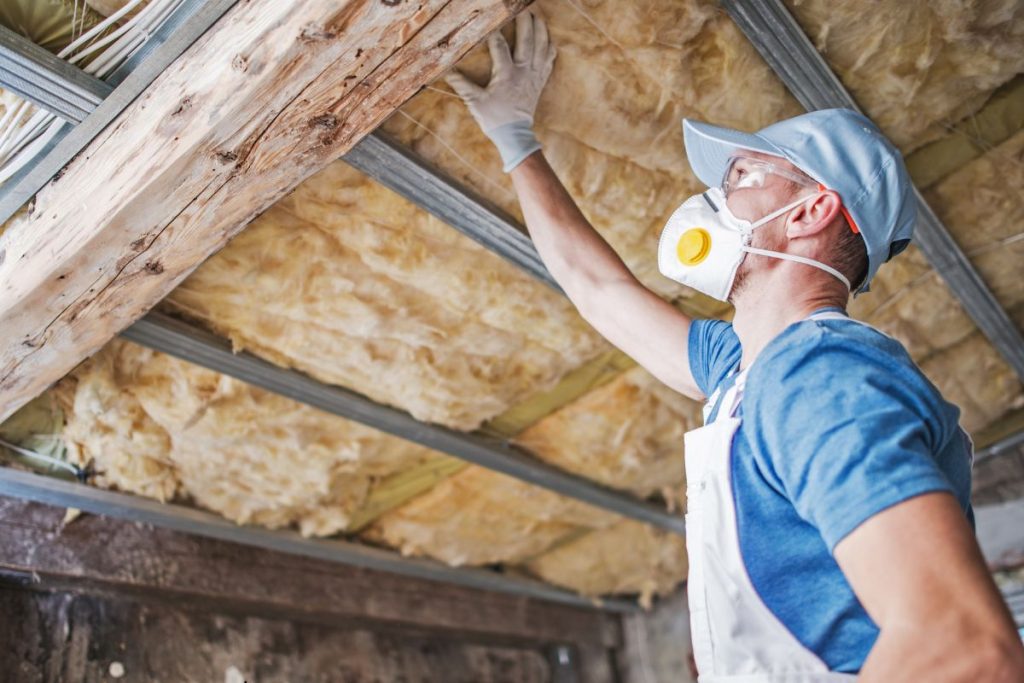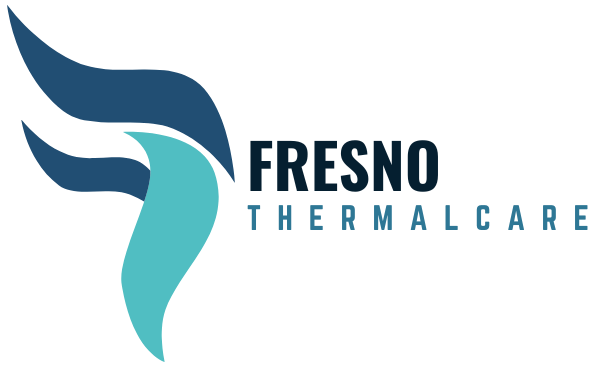
Feeling the chill in the winter or the heat in the summer more than you’d like? Proper home insulation is key to comfort and lower energy bills, but budget is often a major concern for homeowners across the USA. So, what’s the bottom line? Generally, the cheapest insulation materials based purely on upfront cost are fiberglass (especially in batt form) and cellulose insulation. However, the best affordable choice depends on several factors beyond just the price tag per square foot.
This article dives into the most budget-friendly insulation options, helping you understand the costs involved so you can make an informed decision for your home.
Why Insulation Matters (And Why Cost is a Factor)
Home insulation acts like a thermos for your house. It slows down heat transfer, keeping your home warmer in the winter and cooler in the summer. This means your HVAC system doesn’t have to work as hard, leading to significant
While the benefits are clear, insulation projects come with costs. For many homeowners, finding an effective solution that fits their budget is paramount. That’s why understanding which materials offer the best value is so important.
Save money and stay cozy with our affordable insulation services. We create personalized solutions that enhance energy efficiency, reduce costs, and improve the comfort of your space.

Understanding Insulation Costs: More Than Just Price Tags
When asking “what is the cheapest insulation,” it’s crucial to look beyond the initial material cost. Here’s what truly determines affordability:
- Material Cost: The price per bag, roll, or board foot of the insulation itself.
- R-Value per Dollar: R-value measures thermal resistance – how well the insulation stops heat flow. Higher R-value means better performance. A truly “cheap” option offers good R-value for its price. You want the most insulating power for your money.
- Installation Costs: Are you hiring a professional, or doing it yourself? DIY saves on labor but might require tool rental (like blowers for cellulose) and takes time. Professional installation costs more upfront but ensures correct application for maximum effectiveness.
Considering these factors gives you the true cost of insulating your home effectively. Trying to lower your energy costs and make your house more comfortable? Reach out to us!
Top Contenders for the Cheapest Insulation Material
Based on upfront material costs, two main types consistently rank as the most affordable insulation options available to US homeowners:
- Fiberglass: Made from fine strands of glass, available as batts (pre-cut blankets) or loose-fill (blown-in).
- Cellulose: Made primarily from recycled paper products treated for fire resistance, usually installed as loose-fill (blown-in).
Let’s look closer at each.
Fiberglass Insulation: Pros, Cons, and Costs
Fiberglass is perhaps the most common insulation material found in American homes.
- Types: Comes in rolls or pre-cut batts designed to fit standard joist spacing, and also as loose-fill for blowing into attics or wall cavities.
- Cost: Fiberglass batts are often the absolute cheapest material per square foot upfront. Loose-fill fiberglass is slightly more expensive but offers better coverage in irregular spaces. Expect costs generally ranging from $0.50 to $1.50 per square foot for materials and professional installation, varying by location and project complexity.
- Pros: Widely available, lowest material cost (especially batts), relatively easy for DIY installation (batts), naturally non-combustible.
- Cons: Can irritate skin and lungs during installation (wear protective gear!), can lose R-value if compressed, doesn’t stop airflow as effectively as denser materials unless installed meticulously.
Cellulose Insulation: Pros, Cons, and Costs
Cellulose is a popular eco-friendly and budget-conscious choice.
- Type: Primarily installed as loose-fill using a blowing machine, making it great for attics and filling existing wall cavities.
- Cost: Material cost is typically low, often comparable to or slightly higher than fiberglass loose-fill. Expect installed costs generally ranging from $0.80 to $2.00 per square foot, depending on density and installation difficulty.
- Pros: Excellent job filling irregular spaces and reducing air leaks, high recycled content (eco-friendly), treated for fire and pest resistance (borates).
- Cons: Requires specialized blowing equipment for installation (usually requiring professional hire or machine rental), can settle over time (potentially reducing R-value), can absorb moisture if leaks are present (though treatments help).
Considering fiberglass or cellulose? Get a precise cost estimate for your home. Call us! for a free consultation!

Fiberglass vs. Cellulose: Which Offers Better Value?
Both fiberglass and cellulose are top contenders for the “cheapest” insulation. Here’s a quick comparison:
- Upfront Material Cost: Fiberglass batts usually win. Loose-fill fiberglass and cellulose are often very close.
- Installed Cost: Can be similar, but professional cellulose installation might sometimes edge out slightly higher due to equipment needs, though its air-sealing properties can provide better performance value.
- R-Value per Inch: Generally similar, around R-3.1 to R-3.8 per inch for cellulose and R-2.9 to R-3.8 for loose-fill fiberglass (batts vary more). Check specific product labels.
- Air Sealing: Cellulose generally performs better at filling gaps and stopping air leaks.
- DIY Friendliness: Fiberglass batts are easier for DIY; blown-in requires machine rental or professional help for both types.
The best value depends on your specific project (attic top-up vs. new walls), desired R-value, and whether you plan a DIY or professional installation.
Factors That Affect Your Total Insulation Cost
Remember, the material is only part of the equation. Your final insulation project cost will also depend on:
- Area Size: Larger areas (like a whole attic) naturally cost more than smaller ones (like a crawl space).
- Location: Insulating attics is generally easier and cheaper per square foot than insulating walls (especially existing walls, which require drilling holes or removing drywall).
- Required R-Value: Colder climates in the US require higher R-values, meaning more insulation material is needed, increasing costs.
- Labor Costs: Professional installation rates vary by region and contractor.
- Prep Work: Costs can increase if old, damaged insulation needs removal or if air sealing work is required before adding new insulation.
DIY vs. Professional Installation: Impact on Budget
- DIY: You save entirely on labor costs. However, you’ll need to buy or rent equipment (especially for blown-in), purchase safety gear, and invest your own time. Mistakes during DIY (like compressing batts or uneven coverage) can reduce effectiveness, costing you more in energy bills long-term.
- Professional: You pay for labor, but you benefit from expertise, speed, proper equipment usage, and often a warranty. Professionals ensure correct density and coverage for optimal R-value and performance, potentially maximizing your energy savings faster.
Beyond Upfront Cost: Long-Term Energy Savings
While fiberglass and cellulose are cheap upfront, the real value of any insulation lies in its long-term performance. Even the most affordable insulation, when installed correctly to the recommended R-value for your climate zone, will significantly reduce heat transfer.
This translates directly into lower heating and cooling bills month after month. The return on investment (ROI) for insulation is one of the best among home improvement projects. The money you save on energy can effectively pay back the installation cost over time. You can estimate your potential energy savings using online tools or by consulting with insulation professionals. Think of it not just as an expense, but as an investment in lower bills and greater home comfort.
Choosing the Best Affordable Insulation for Your Needs
So, what is the cheapest material for insulation? While fiberglass batts often have the lowest purchase price, cellulose and loose-fill fiberglass offer excellent value, especially for attics, due to their cost-effectiveness and ability to fill spaces well.
Ultimately, the “best” cheap option depends on:
- Your budget
- The area you need to insulate (attic, walls, crawl space)
- Your required R-value
- Whether you’re doing it yourself or hiring a pro
Don’t just focus on the sticker price. Consider the installed cost, the R-value achieved, and the long-term energy savings.
Frequently Asked Questions About Affordable Insulation
Here are answers to some common questions about budget-friendly insulation:
Is spray foam insulation cheap?
No, spray foam insulation (both open-cell and closed-cell) is generally considered one of the more expensive insulation options upfront. While it offers excellent R-value per inch and superior air sealing, its material and installation costs are significantly higher than fiberglass or cellulose. It’s chosen for performance benefits, not typically for being the cheapest.
What is the cheapest way to insulate an attic?
Often, the cheapest way to insulate an attic, especially if adding to existing insulation (a “top-up”), is using loose-fill fiberglass or cellulose. These materials are relatively inexpensive, and blowing them over existing insulation is efficient. For DIY, renting a blower machine adds cost but can still be cheaper than professional installation if done correctly. Fiberglass batts can also be cheap if the attic floor joists are open and standardly spaced, but achieving complete coverage around obstacles can be tricky.
Does cheap insulation still work effectively?
Yes, absolutely! “Cheap” refers to the cost of the material, not necessarily its quality or effectiveness. Both fiberglass and cellulose are proven performers when installed correctly and to the appropriate R-value for your climate.
The key factors for effectiveness are:
- Proper Installation: Avoiding gaps, compression (for batts), and achieving the correct density (for loose-fill).
- Sufficient R-Value: Installing enough insulation depth to meet or exceed local building codes and recommendations for your climate zone.
Can I install cheap insulation myself?
You can install some types yourself. Fiberglass batts are the most common DIY insulation project. However, it requires careful cutting and fitting to avoid gaps and compression. Loose-fill fiberglass or cellulose can be DIY projects if you rent a blowing machine, but achieving even coverage and the correct density without experience can be challenging. Always use appropriate safety gear (gloves, mask, eye protection) when handling insulation. If unsure, professional installation guarantees it’s done right.
Ready to improve your home’s comfort and save on energy bills with affordable insulation? Don’t guess – get expert advice! Call us now for a personalized recommendation and quote!
